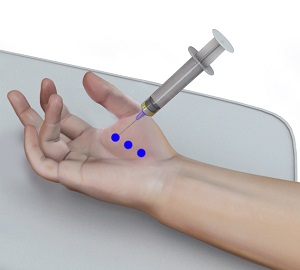
What is Botox for Spasticity?
Botox, or botulinum toxin, is a medication that can be used to treat spasticity. It is a purified form of the toxin produced by the bacterium Clostridium botulinum. When injected into specific muscles, it can cause a reduction in muscle spasticity.
How does Botox help with Spasticity?
Botox helps with spasticity by targeting the overactive muscles affected by spasticity. By temporarily weakening these muscles, it can reduce muscle stiffness, improve range of motion, relieve pain, and facilitate better movement and function.
What Conditions may Benefit from Botox for Spasticity?
Botox for spasticity is commonly used in conditions such as cerebral palsy, stroke, multiple sclerosis, spinal cord injury, and other neurological disorders where spasticity is a significant symptom.
How is Botox Administered for Spasticity?
Botox is typically administered via injection directly into the affected muscles. The number of injections and the dosage depend on the individual's specific needs, the severity and location of spasticity, and your healthcare provider's assessment.
What are the Other Treatment Options for Spasticity?
Botox is one of several treatment options for spasticity. Other treatment approaches may include physical therapy, occupational therapy, medications, orthotics, assistive devices, and in some cases, surgical interventions. The choice of treatment depends on the individual's condition, goals, and response to different modalities.
How Long Does the Effect of Botox Last for Spasticity?
The effect of Botox for spasticity is temporary and typically lasts around three to six months. The exact duration varies among individuals and depends on factors such as the dose of Botox, the specific muscles treated, and the individual's response.
Are there any Side Effects or Risks Associated with Botox for Spasticity?
While Botox is generally safe, there can be some side effects and risks. These may include:
- Temporary muscle weakness
- Localized pain or discomfort at the injection site
- Allergic reactions.
Can Botox Completely Eliminate Spasticity?
Botox can help reduce spasticity and improve symptoms, but it may not completely eliminate spasticity in all cases. The degree of spasticity reduction varies among individuals, and additional treatments and therapies may be required to achieve optimal results.


